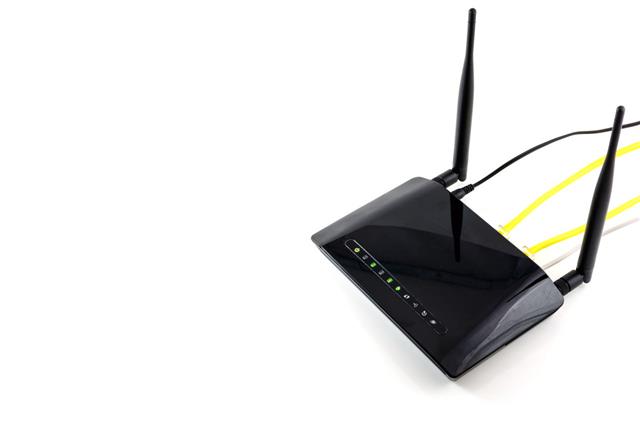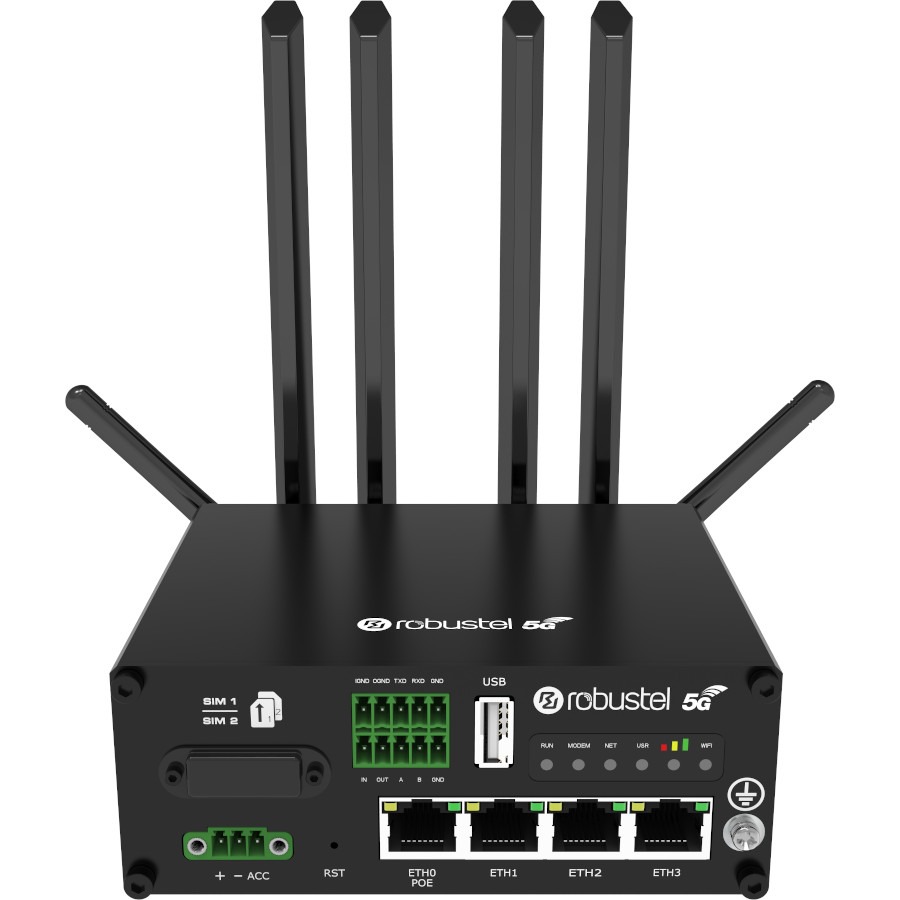
On the other hand, 5GHz is the best option for high-bandwidth devices or activities like gaming and streaming HDTV. Ideally, the 2.4GHz band should be used to connect devices for low bandwidth activities like browsing the Internet. The 2.4GHz band uses longer transmission waves, which makes it better suited for transmission through walls and other solid objects.

The Usage of the frequency band and the devices connected to it.Less overlap of the devices lesser will be the interference, which equals efficient wifi connection.
#5g wifi router Bluetooth
The 2.4GHz band is highly prone to interference because of the number of devices that use this frequency band like older routers, microwaves, Bluetooth devices, baby monitors, garage door openers, and more decade-old equipment.īut if you desire for hassle-free frequency band for your wifi connection one could rely on the 5GHz which is a better option as long as the device is in close proximity to the router/access point. For smaller homes, flats, or apartments, 5GHz will not only provide greater speed but also help with minimum interference from cluttering networks. Here are a few considerations for selecting the right frequency of the bandĪ larger area will require a wider coverage area and the 2.4GHz band is best suited for this as it has a longer range and penetration ability. There are a number of factors that will dictate which frequency band the devices should utilize. Which frequency should be used– 2.4 GHz or 5 GHz? The 5 GHz frequency facilitates the customer with a higher data range with negligible interference and offers a great deal when it comes to the internet speeds for wifi for home.Ĭontrary to this benefit, it has a narrow coverage area and is not a successful band when it comes to penetrating solid objects. On the other hand, it has a lower data range and is highly prone to interference and disturbance. The 2.4 GHz frequency of the wifi router offers the wifi user a wide coverage area and is better at penetrating solid objects with a usable speed of 50 -70 Mbps (subject to real world scenarios). Here are both the frequencies in a nutshell It has more channels for communication, and being the newbie in the market it usually has not many competing devices on the band. The 5GHz band, which is the newer of the two, has the potential to cut through network clutter disturbance and interference to maximize network performance.

If you need higher r speed and could sacrifice for range, the 5GHz band should be used. If you want a better and a longer range for your devices, use 2.4 GHz. There is no tumbling thought over what should be the ideal frequency amongst the two frequencies.

speed - The Major Difference between the frequency digits (2.4GHz vs. The key point to ponder about is the speeds of the wifi for home or office will vary based on the internet service speed the users are paying for. Every router is designed to deliver a certain desired set of frequencies, and one will want to consider which WiFi band and the channel will best suit the needs and give the user optimum performance. The two big differences between these upending internet technologies, 2.4 GHz and 5 GHz Wifi connections are - speed and range.Ī wireless transmission at 2.4 GHz provides internet to a larger area but sacrifices the fast internet speed, while 5 GHz provides faster speeds but restricts itself to a smaller area. These numbers refer to two different radio wavelengths (often called "bands" or "frequencies") currently used by most routers to transmit wifi connections.


 0 kommentar(er)
0 kommentar(er)
